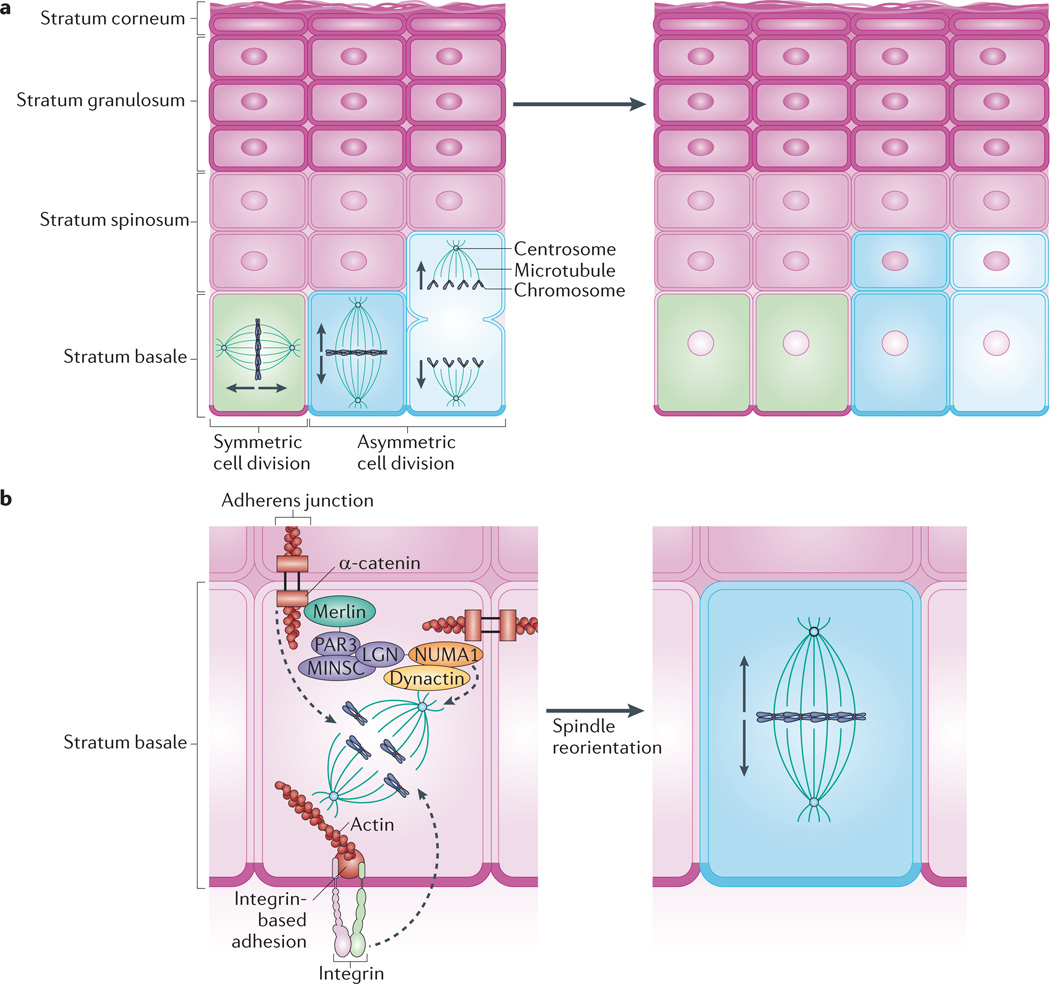Figure 3. Mitotic spindle orientation directs stratification.
Keratinocytes of the stratum basale provide the regenerative capacity of the epidermis. a | Basal cells use symmetric cell division to promote lateral expansion of the epidermis and undergo asymmetric cell division to enable vertical expansion through the production of differentiated keratinocytes. The direction of expansion is thought to depend on the orientation of the mitotic spindle: spindles that lie parallel to the basement membrane favour symmetric division, whereas spindles perpendicular to the basement membrane promote asymmetric division. b | Asymmetric cell division depends on apical polarity factors, including the partitioning defective 3 (PAR3)–mouse inscuteable (MINSC)–LGN complex, which interacts with nuclear mitotic apparatus protein 1 (NUMA1) and dynactin to regulate spindle orientation63,65. The adherens junction component α-catenin is thought to recruit this complex via merlin, which links α-catenin and PAR3 (REF. 75). Through knockout studies, p120 catenin and β1 integrin have also been shown to have a role in mitotic spindle orientation63,70. The roles of these factors in regulating mitotic spindle pole orientation and subsequent division, including the precise location of complexes within basal cells, are yet to be fully elucidated.

